I have been running through all the usual 'Garden Chores for July" in my memory bank and trying to make sure I am getting everything done that I should. I wonder if I am missing anything? Here's my mental list of July gardening chores. I am sure that I am missing something. Feel free to add your own July garden chores.
WATER:
--All well-established plants DEEPLY but infrequently during dry spells.
--All new and less well-established plants DEEPLY but also more frequently to encourage good root growth and development.
--All container plants daily or even twice daily as needed.
--Tiny seedlings being raised for fall transplanting as often as needed. May need water up to 3 times a day if they are in full sun and are in tiny cellpacks. If tiny seedlings are in the ground, you may need to periodically 'puncture' the soil with the prongs of a hand-held cultivator so the soil doesn't get hard and crust over, preventing water from reaching these plant's roots.
PRUNE:
--Dead or damaged tree or shrub limbs.
--Spent flower heads so new flowers can form.
--Roses to encourage fall bloom.
FERTILIZE:
--All planting areas with a balanced organic fertilizer. Normally I do this in June and not in July, but June was too rainy and I was afraid the fert.would leach out.
--If any plants are showing an obvious nutritional deficiency, feed with iron/sulfur products to correct it. (Iron deficiency is common after periods of heavy rain.)
--Foliar feed all plants with a spray containing compost tea, fish emulsion or liquid seaweed. In addition to providing nutrition, these sprays help decrease spider mite problems.
--All container plants frequently because daily watering leaches out nutrients pretty quickly.
--Water lily and other water plants with pond-tabs.
PLANT:
--Warm season grasses, as needed, from seed, sod or plugs.
--Container grown nursery stock. Often you will find great prices on containerized trees, shrubs and groundcovers in July and August.
--Warm-season veggies for the fall garden. This includes your fall tomatoes and peppers, melons, beans,etc.
--Annual color for your flower beds, like zinnias, marigolds, gomphrena, celosia, copper plant, Joseph's Coat, purslane, portulaca, periwinkles, sunflowers, salvias, etc. You may find chrysanthemums in the nurseries now, but are more likely to see them in August.
Don't forget that you can brighten up a hot, tired garden by adding plants with interesting foliage like sun coleus, Persian Shield, caladium, cannas, and elephant ears.
--Seeds for cool season veggies like beets, carrots, etc. or start cool-season flowers from seed in cellpacks. These would be coole-season flowers that will overwinter and bloom, like pansies, violas, dianthus, snapdragons, etc.
MOWING & MISC. CHORES:
--Mow lawns weekly or more often as needed, depending on the lawn grass and its' desired height. Use a mulching mower and leave the clippings on the lawn so they can decompose and feed the lawn, OR
--If you prefer, collect your grass clippings with a grass catcher or rake them up and put them on your comopost pile or use a LIGHT layer of them as mulch. (A heavy layer turns slimey.)
--If you have healthy, well-established fall blooming perennials like asters, mums, copper canyon daisies and Mexican bush sage, now is the time to shear them back 4 or 5" to encourage bushiness as they enter their blooming season. Then, don't prune again until after their fall blooming period is over, except for light deadheading.
--Start a new compost pile, or turn and add to the old one.
--Mulch all exposed soil to keep the soil cool and decrease evaporation of moisture from the soil.
CONTROL PESTS AND WEEDS:
--Remove weeds from your landscape by hand or using organic weedkillers.
--Treat cannas and other large-leaves plants with Bt if they are having leaf-roller problems. Or, if you don't want to use Bt (which is harmful to butterflies and moths) prune out leaves with leaf rollers on them and place them in a plastic bag. Tie the bag closed and add it to your regular trash.
-If webworms are appearing in your pecans, persimmons, and other trees, prune out the limbs with the webs and dispose of them OR break open the webs so birds can get to them and eat them, or spray the webworms with a solution of 1 gallon of water plus 1 tablespoon of insecticidal soap.
--If scale is apparent on hollies, camellias, euonymus,etc., use a SUMMER-WEIGHT horticultural oil only. You can spray with the heavy-weight dormant oil in the winter months only.
--If you are seeing elm leaf beetles, lacebugs and the like, spray with a summerweight horticultural oil or pyrethrum.
--If you are seeing spider mites on plants, spray the plants every 3 days for 3 times (i.e. 3 sprayings in a 9-day period) with insecticial soap (Careful--it can burn foliage) or with a garlic-pepper tea spray.
--If fleas or ticks are a problem in the yard, trea with DE products or pyrethrum products. Use pyrethrum ONLY if you don't have cats, because it is toxic to cats.
VEGGIES/HERBS:
In addition to items mentioned above:
--Remove plants that are no longer producing. Fill their space with either your fall veggie plantings, herbs, flowers or a green manure or cover crop.
--Continue to harvest from plants that are still producing, including tomatoes, peppers, beans (if succession planting), late corn, okra, winter squash and pumpkins, black-eyed peas, cream peas, crowder peas, amaranth and malabar spinach, and melons.
--Succession plant another batch of beans, black-eyed peas, squash and cucumbers.
--Succession plant fall tomatoes.
--Continue to seek out and destroy squash bugs and stink bugs.
--In very late July OR very early August, plant seeds of cole crops (broccoli, cabbage, collard greens, kale, cabbage and brussels sprouts) for your fall garden. Plant then in cell packs or paper cups and transplant them into the ground in very late August or early September.
--Shear back herbs to keep them growing and producing.
DON'T FORGET TO:
--Wear a hat, sunglasses and sunscreen to protect your skin and yourself from the heat.
--Drink lots of water and Gatorade to stay hydrated.
--Wear insect repellent as needed.
ORDER:
--Seeds of wildflowers, perennials and biennials that need to be planted in the fall, winter or earliest spring.
--Bulbs of fall-bloomers like fall crocus and colchicum.
--Garlic bulbs for fall plantings.
--If you plant a fall crop of forage plants for the deer, get your seed now! Plant as soon as the conditions are right.
OK, y'all, that is my July list. What chores am I forgetting?
Dawn

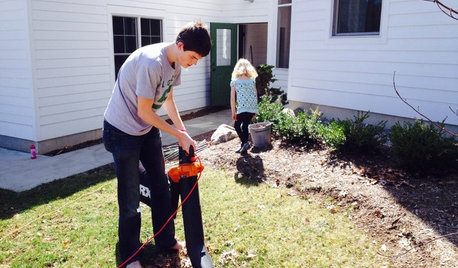


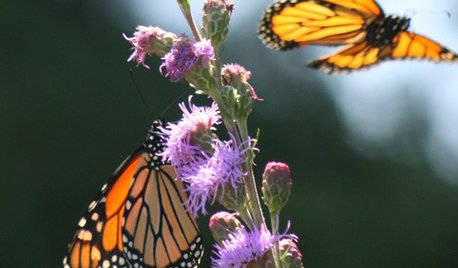

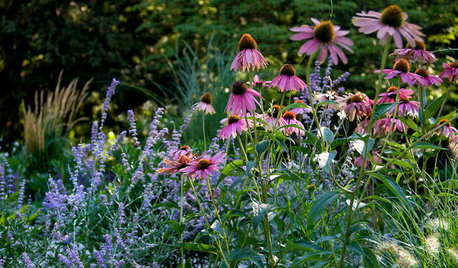
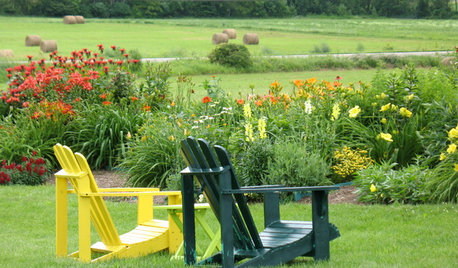
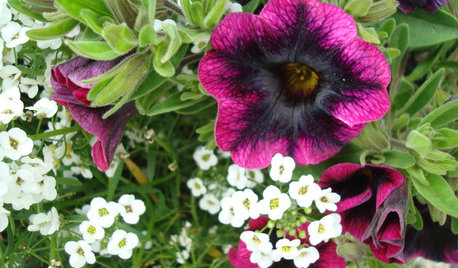
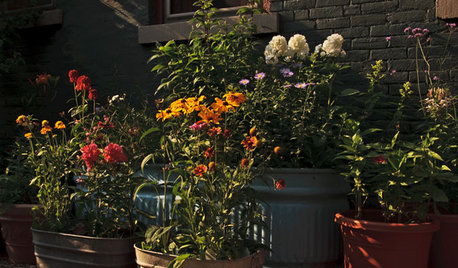



Okiedawn OK Zone 7Original Author
susanlynne48
Related Discussions
If you Need Help With Your Garden Chores
Q
Name two garden chores...
Q
Very first garden chore done this Spring
Q
What's your least favorite Garden chore?
Q
Okiedawn OK Zone 7Original Author